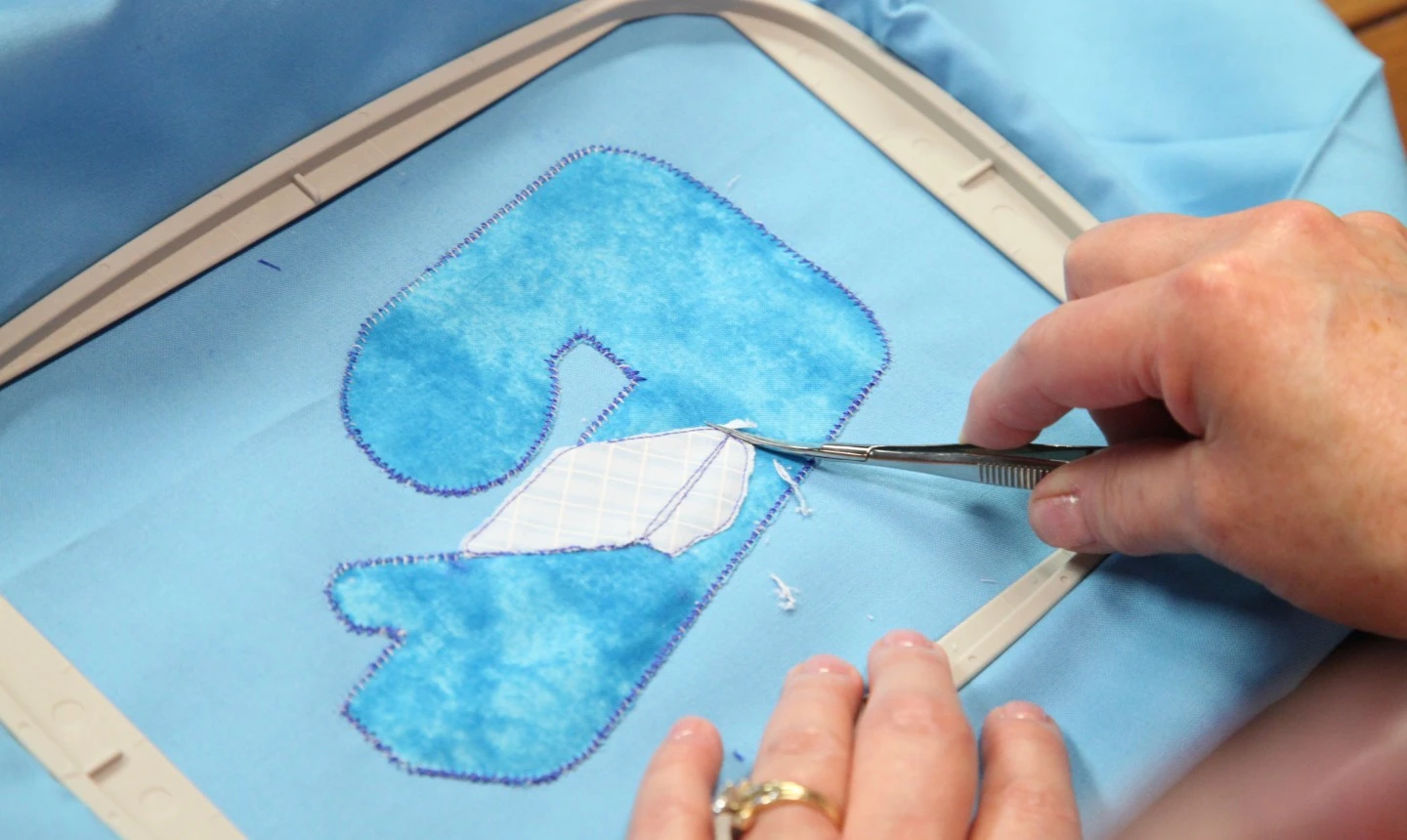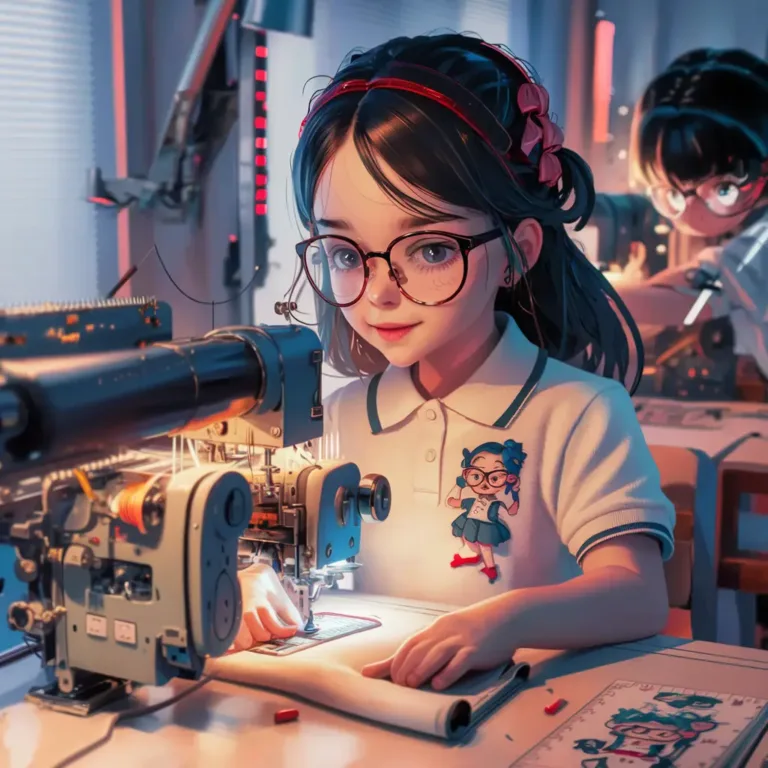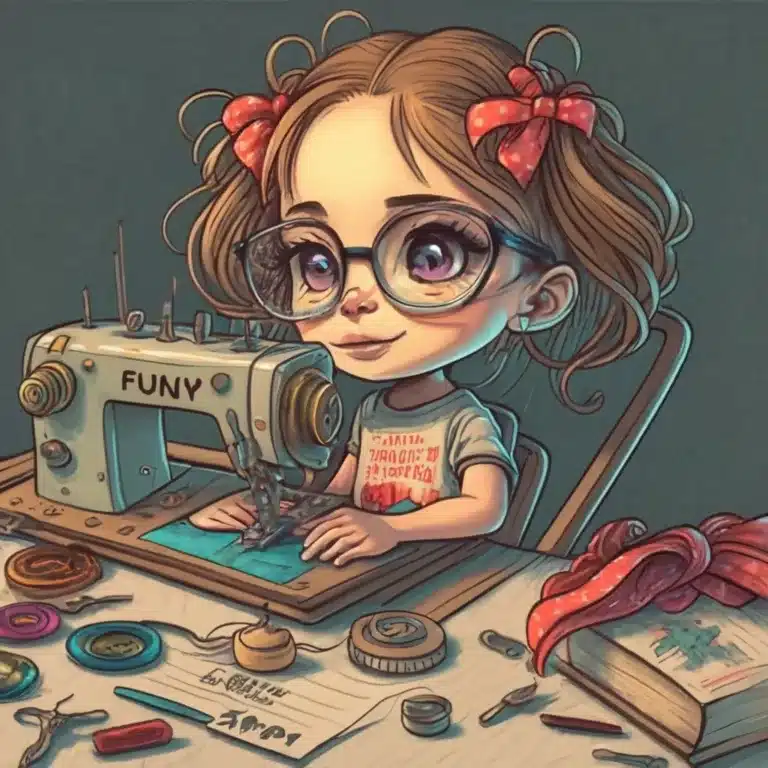Stabilizer is one in all the foremost vital factors to require into thought once doing machine embroidery. while not correct stabilizer or techniques, your exertions will suffer. It makes an enormous distinction within the quality of your work.
Below area unit 2 stitchouts of a similar style (minus the bow on one). however will one sew dead whereas another has several problems? They were each seamed on a similar machine with a similar threads, needle and material.
Stabilizing properly will build or break a style. Here, we tend to share some basic info regarding the various varieties of stabilizer and what they’re used for.
The most vital issue once embroidering is to hoop your project properly, tightly and with the right stabilizer to *prevent the materials from taking possession your hoop*.
There area unit some main varieties of stabilizer for machine embroidery.
Tear-Away Stabilizer
This is a stabilizer that’s usually light-weight and denseness, therefore it’ll virtually take from your stitches once you area unit able to take away it.Tear-away is appropriate for styles that aren’t dense and don’t have clear outlines. Once you’re done embroidering the planning, you’ll be able to take away your project from the ring and tear the surplus stabilizer away, deed simply your embroidery behind.
Woven materials (or materials while not obvious stretch) will act with this kind of stabilizer as long because the style is appropriate for it, as mentioned higher than.
Cut-Away Stabilizer
Cut away is another form of stabilizer for machine embroidery. this can be a a lot of stable product and has several positive factors. it’s a lot of stable as a result of it’s denser in its fibers and so stronger. you can’t rip into this easily; it should be cut far from your embroidery style. deed alittle quantity round the finished style is helpful- sometimes a minimum of 1/4″. This helps the planning to “stay put” and not get force around once it gets worn or used. It can even facilitate to forestall puckering.
This type of stabilizer is incredibly helpful for embroidering knit material, like T-shirts. The heavier, dense fibers provide the embroidery style a lot of substance once mistreatment it with the lighter weight, elastic materials.
Cut-away stabilizer is additionally a decent selection if your embroidery style is dense, encompasses a higher sew count, or encompasses a clear define. it’ll facilitate keep the define wherever it ought to be, can|and can} be a lot of able to handle denser styles than tear-away will.
Polymesh Stabilizer
Polymesh is another choice that’s nice for knits and different materials. it’s light-weight and extremely soft! i prefer to use 2 layers and place every layer perpendicular to every different, crossing the grains at a right angle. this offers it higher stability. i prefer mistreatment polymesh for baby things, however you will notice more uses for it furthermore.
“Sticky” Stabilizer
Another helpful stabilizer is named “sticky”. it’s oversubscribed on rolls or sheets and encompasses a skinny layer of paper over it. Once it’s hooped, you gently score the paper and peel it back, exposing the sticky sheet beneath.
This is best to use with T-shirts or different knit materials that tend to maneuver around within the hoop. The sticky surface adheres to the knit material and keeps it in situ. once applying your knit material to the present stabilizer, watch the grain of the material. The lines of the grain ought to stay straight, not force into wavy lines.
Sticky stabilizer is additionally terribly helpful for embroidering areas that aren’t simple to hoop, like necklines or socks. as an example, once embroidering one thing terribly near to the neck, merely hoop the sticky stabilizer and take away the highest layer of paper as explained higher than. Lay the neck of your project onto the ring, securing it into the position you wish for your style. you will conjointly add a layer of tear-away or cut-away stabilizer if required, either within the hoop below the sticky or “floating” below the ring, unsecured. If your embroidery machine encompasses a basting sew for the embroidery space, now could be a good time to use it. we’ve free basting stitches for you settled within the free section at SWAKembroidery.com. currently that your neck garment is secure within the hoop, you’ll be able to position your hoop to embroider your style. this might take some apply, however will have such a lot of rewards!

Sticky Spray Stabilizer
There {are also|also area unit|are} sticky sprays that are out there. To use these, hoop your correct tear-away or cut-away stabilizer. Then spray gently (according to manufacturer’s direction) and so apply your material. It works within the same approach. you will notice you favor one or the opposite, therefore provide each a try!
Iron-On Stabilizer
Similar to sticky stabilizer is “iron-on” stabilizer. because the name indicates, it’s smoothened onto the side of your material and is typically permanent. it’s heavier than sticky,
Iron-on stabilizer will facilitate even the a lot of dense styles sew out while not shifting. However, it are often brutal on needles and thread, therefore i like to recommend employing a new needle and swiftness down your machine, even stopping from time to time, to avoid friction and thread breakage.
Solvy Stabilizer
An typically unnoticed tool in embroidery is named “Solvy”. this can be a transparent stabilizer that’s soluble, either by water or by heat. Water soluble can soften by spraying or dipping it into water. Heat soluble can soften by applying heat, sometimes from associate degree iron.
This stabilizer is extraordinarily helpful once embroidering on materials that have a high loft or a great deal of stretch. materials like knits (T-shirts), towels, chenille, fleece, corduroy and velvet to call some, area unit excellent for this.
Embroidery threads tend to “sink” into these materials and don’t provides a smart final result to your embroidery style. By employing a layer or 2 of Solvy on high of your material once embroidering, will build a world of distinction. the work of this stabilizer is to stay an area between the threads and therefore the material. Solvy helps to stay your style on high of the material, rather than sinking into the material.
Another tremendous use for Solvy is once embroidering free-standing lace. There area unit such a lot of attractive free-standing lace (FSL)* styles out there and that they have myriad uses. By hooping a layer (or some, betting on the thickness of the stabilizer), of soluble stabilizer, one will simply sew out FSL styles. once they area unit finished sewing, gently take away from the ring. take any left-over stabilizer, associate degreed soak the planning in water (or use an iron if it’s heat soluble). you’ll be left with a beautiful style to use on several of your comes.
*FSL is best used with thicker soluble stabilizers like Badgemaster or Vilene.
There area unit some ways to stabilize, and every project has its own special wants. Trial and error is typically the simplest thanks to notice what works for you and your individual machine.
Related Posts
Discover relevant articles, tutorials, and tips to improve your skills and explore new techniques.
Stay inspired and connected to our embroidery community.






